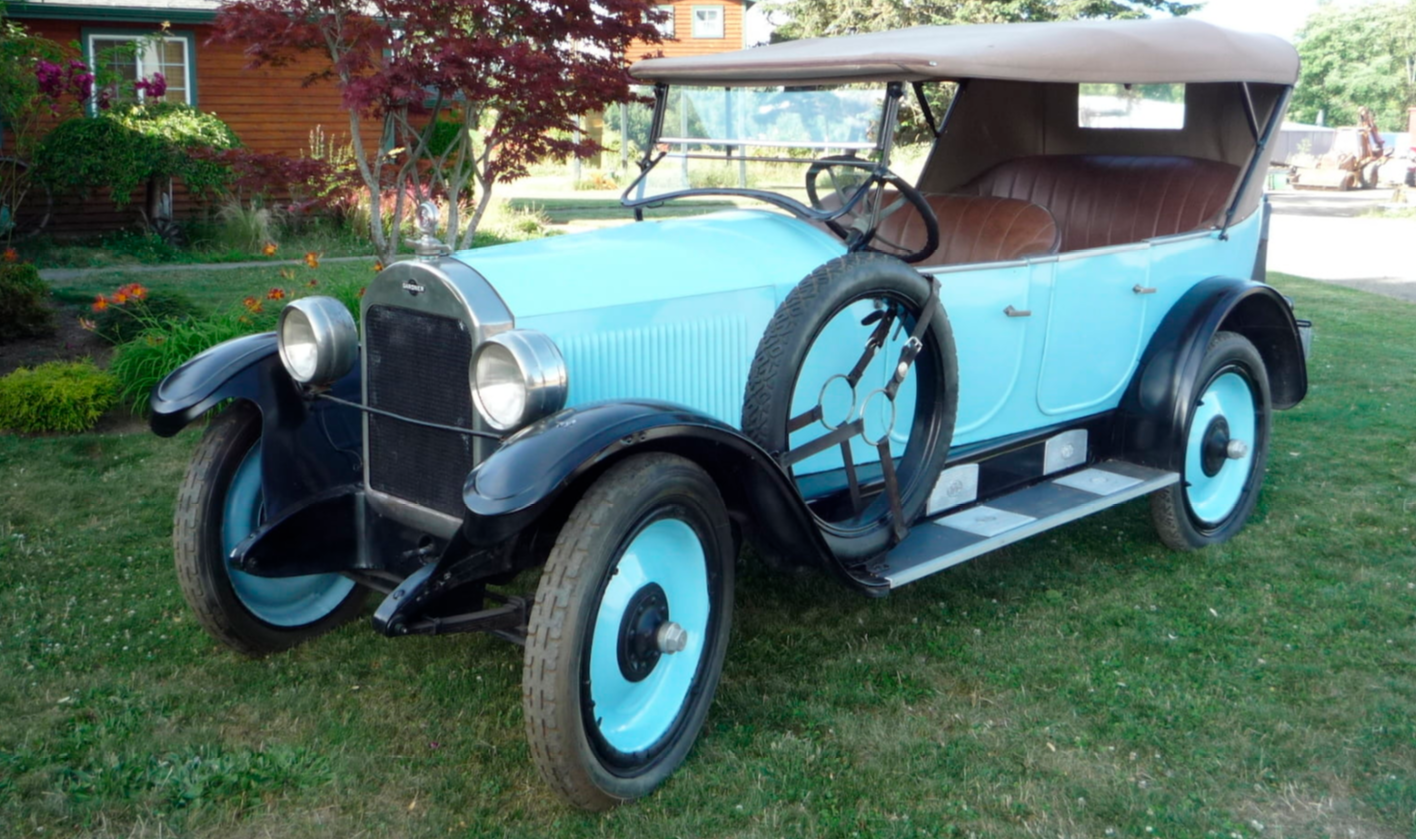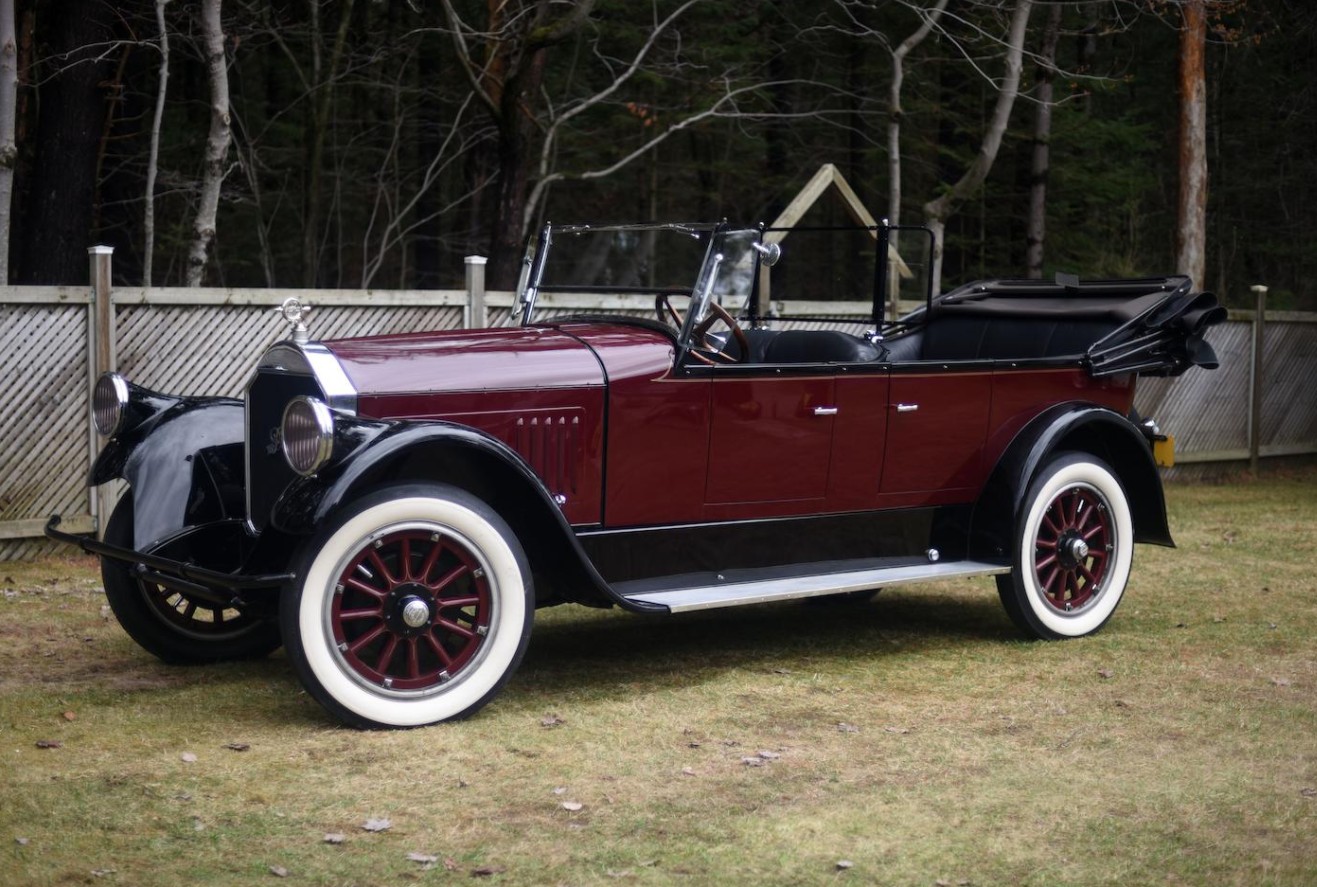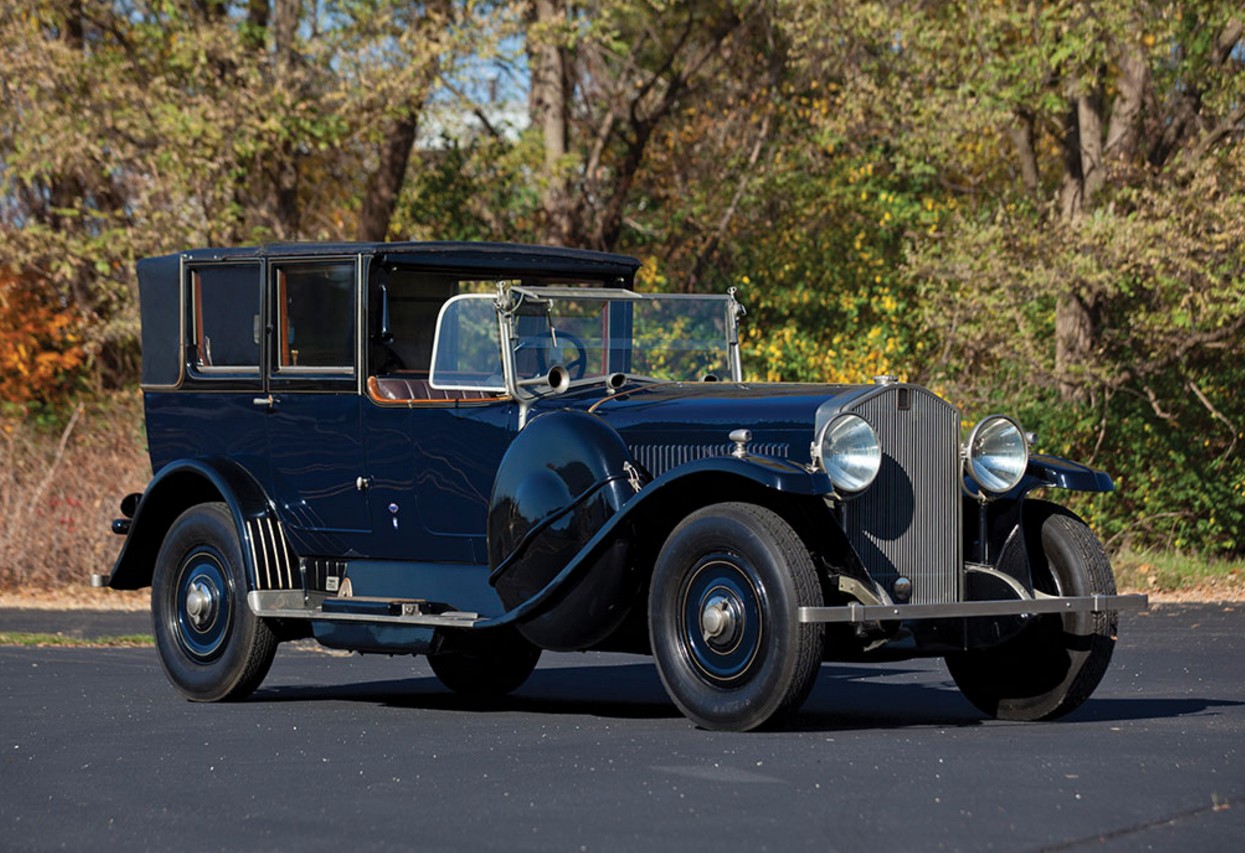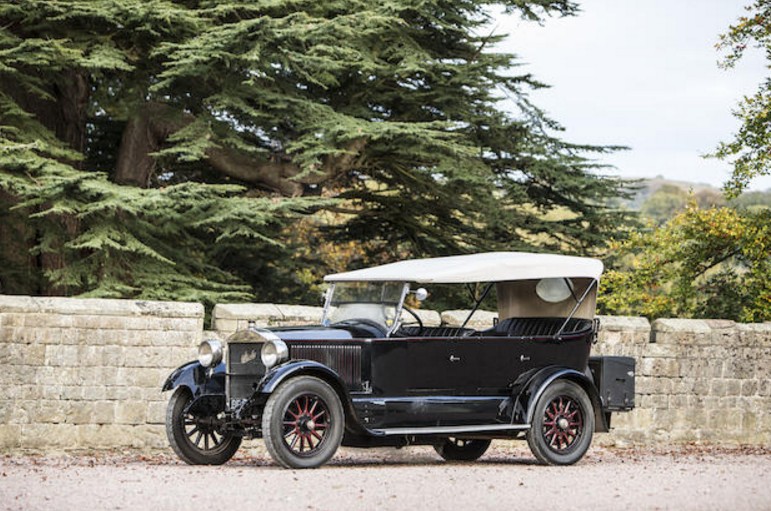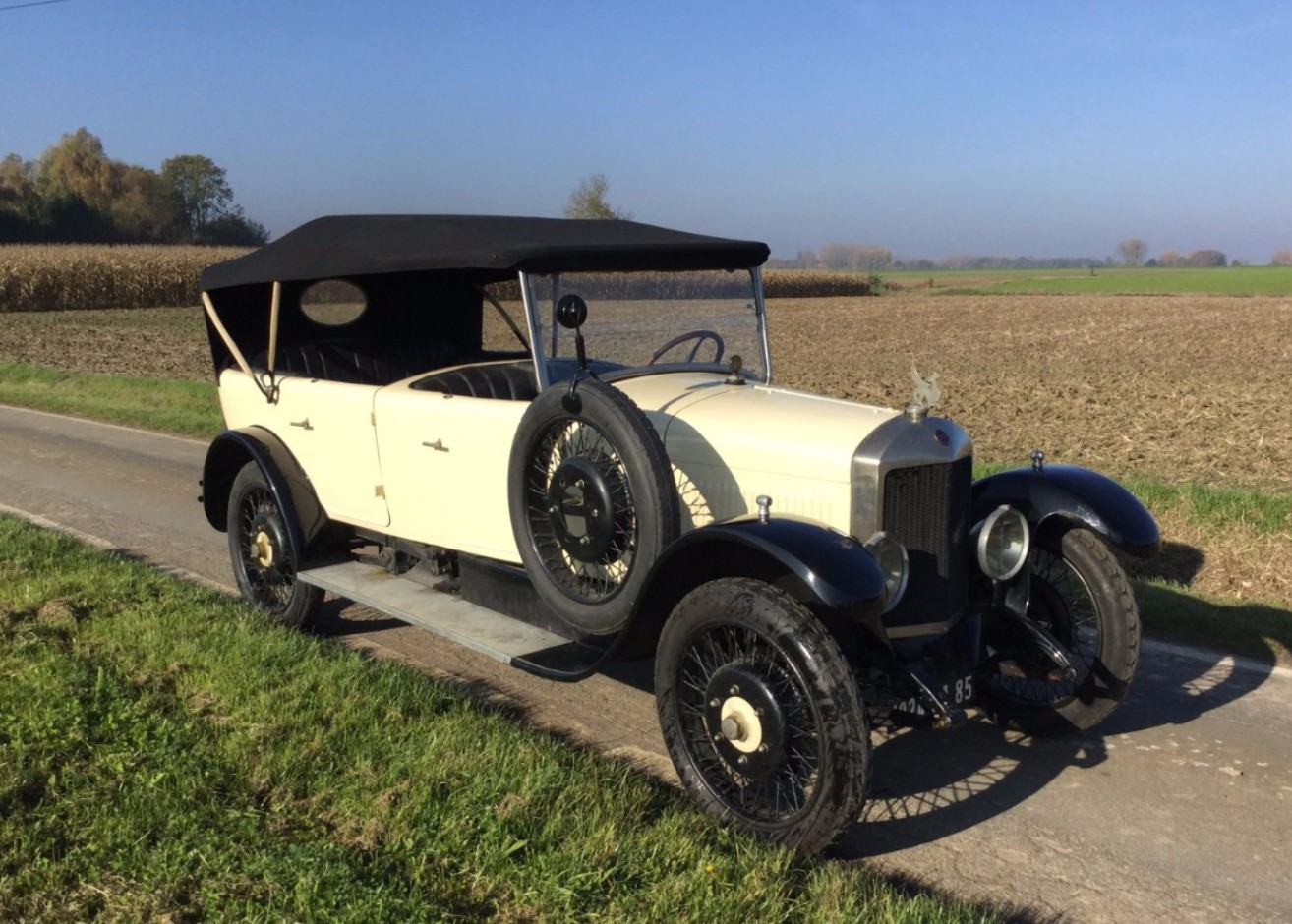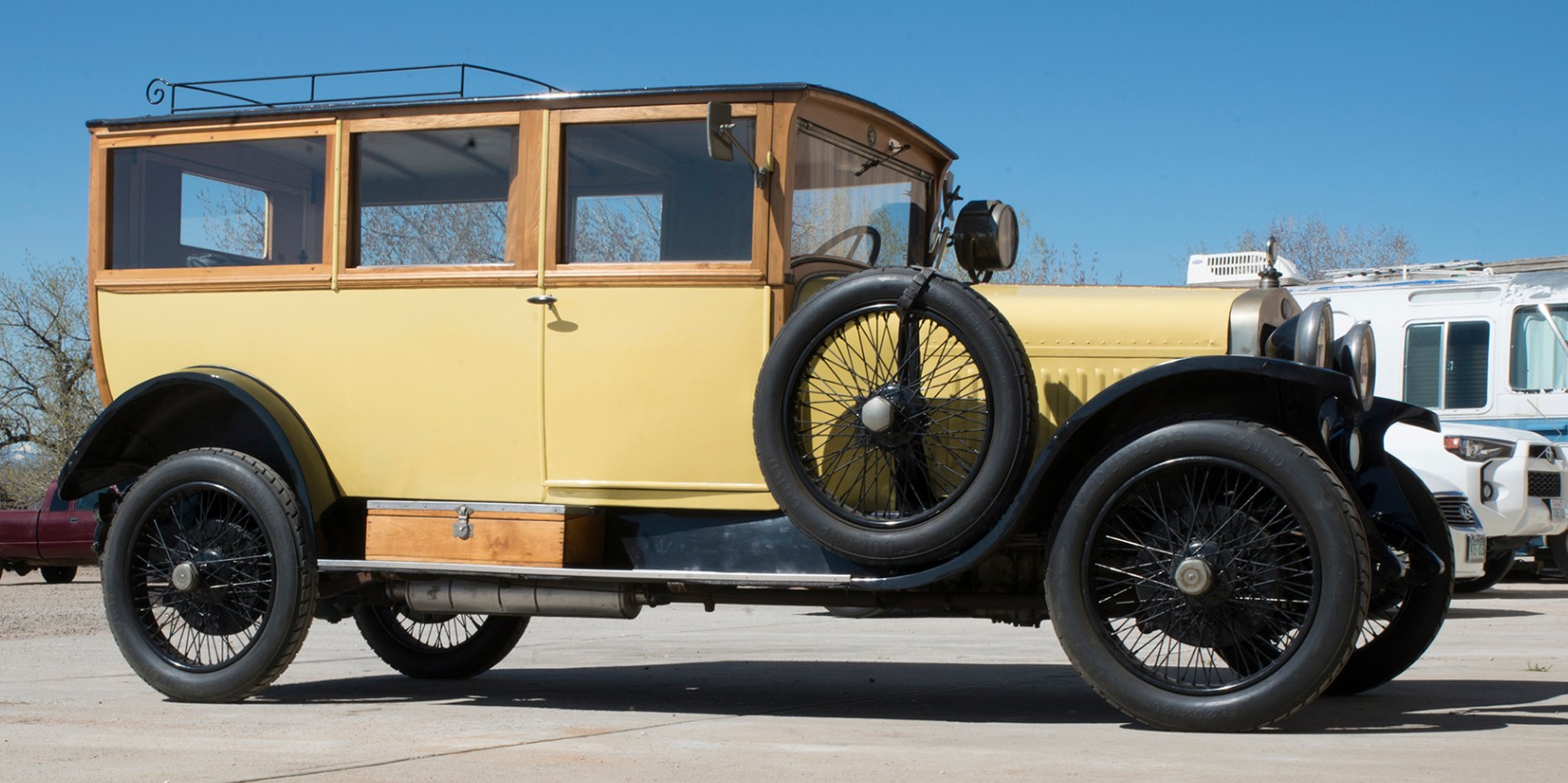Five Pre-War Sedans from Bonhams
Offered by Bonhams | Paris, France | February 8, 2018
1908 De Dion-Bouton Type AX 15HP Double Berline

Photo – Bonhams
De Dion-Bouton was arguably the first automotive giant. Founded in 1883, they (and more specifically, their single-cylinder engines) were a mainstay in the earliest days of the automobile industry. The company declined significantly after WWI and they were gone by 1932.
This is a Model AX and it was part of De Dion’s first line of four-cylinder cars. It’s powered by a 15 horsepower four-cylinder unit. The body is a Double Sedan, which means it has two passenger compartments attached. It’s a great early body style and kind of looks like one of those Model T House Cars that are out there. The body was built by Roussille & Fils. This car had an active life in collector circles until recently but it’s a pretty nice example of a big, early car. It should sell for between $110,000-$130,000. Click here for more info.
Update: Sold $227,019.
1924 Turcat-Mery 15/25HP Model SG Saloon

Photo – Bonhams
Some of the best Turcat-Mery’s are sporty tourers. The company was around from 1899 through 1928 and they had to produce a few more standard designs, you know, in order to keep income flowing in.
Before disappearing in 1928, they had financial issues (actually, back in 1921). Once they got production running again, the Model SG was among the first cars rolling back out of the factory. It’s powered by a 3.0-liter straight-four rated at 16 horsepower. This particular example has been on museum display since 1987. It’s not quite roadworthy at the moment, but it does look really good. It should bring between $24,000-$30,000. Click here for more info.
Update: Sold $29,796.
1928 Minerva Type AK Landaulette
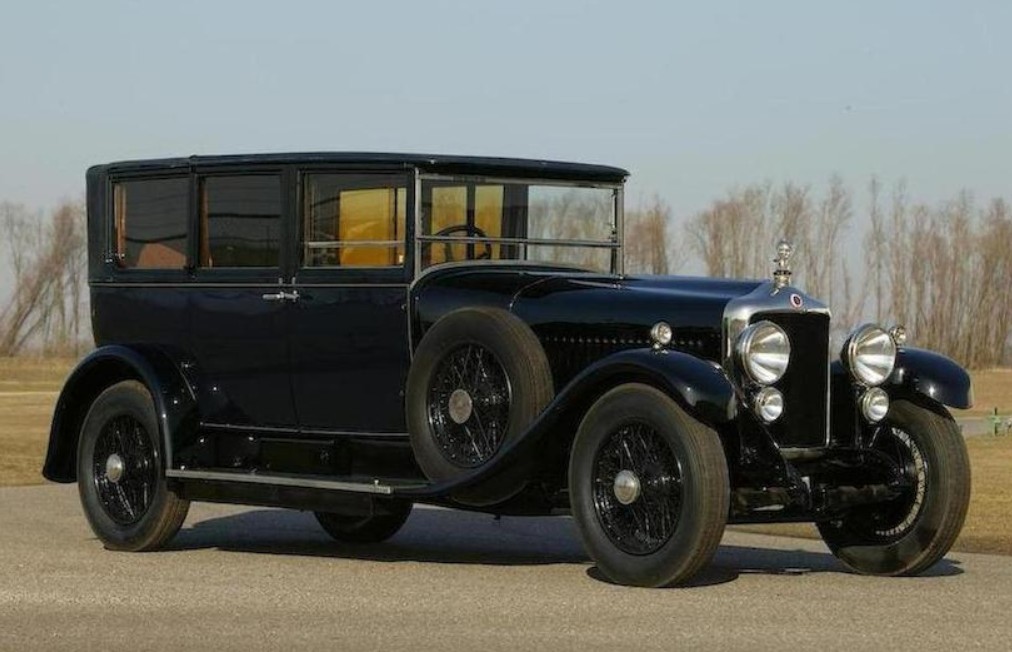
Photo – Bonhams
We featured a number of Minervas recently and here’s a slightly newer one. The Type AK was available from Minerva for a decade: 1927 through 1937. This example is in fairly original shape (or at least sporting an older restoration). The rear compartment seats up to five, which makes this pretty limousine-ish.
It’s powered by a 6.0-liter Knight sleeve-valve straight-six making 150 horsepower. It’s described as a Landaulette, which may mean that the top can be removed from half of this car, but no mention is made of that in the lot description, nor are there photos of the car in this state. Either way, it’s a pretty desirable car from a rare exotic make and it should bring between $85,000-$120,000. Click here for more info.
Update: Sold $78,037.
1910 Renault 35CV Type AIB Open-Drive Limousine
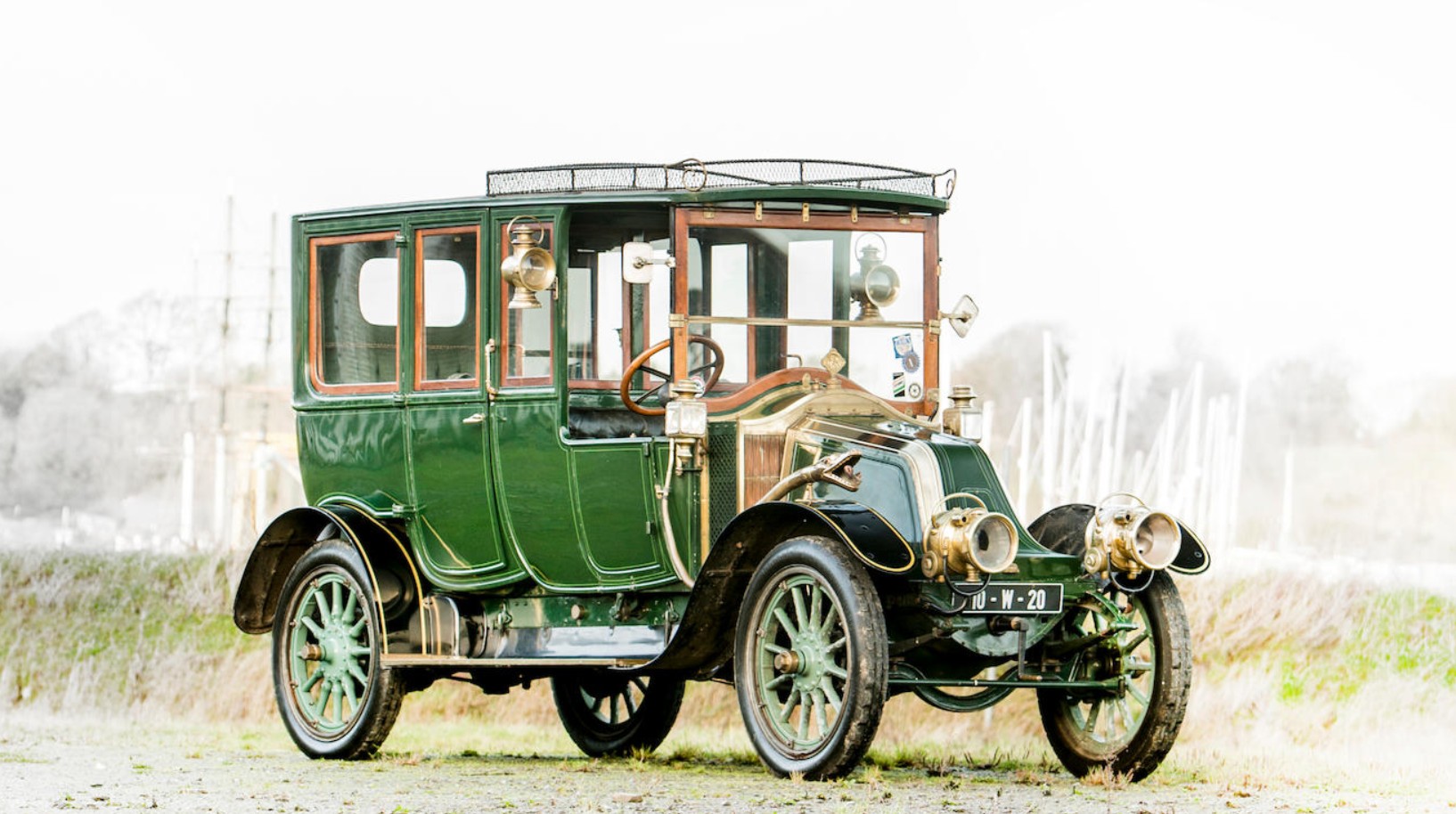
Photo – Bonhams
Here is another Double Sedan from another early French automotive powerhouse (that is, remarkably, also green). It’s actually a little more complex than the De Dion-Bouton offered above. The rear compartment is large and has limousine-quantity seating. The driver’s compartment has a removable hard-top if you wish to subject your chauffeur to the elements.
This model from Renault was new for 1907 and features a 7.4-liter straight-four making 30 horsepower. This car was delivered new to the U.S. and spent nearly 40 years on display at the Henry Ford Museum before making it’s way to the U.K. in the 1970s. It’s been on display in Ireland for about the last 25 years and it is almost entirely original. Even in its current not-running condition, it should bring between $85,000-$110,000. Click here for more info.
Update: Sold $195,385.
1938 Minerva Type F/M8 Limousine

Photo – Bonhams
Here’s yet another Minerva, this one much closer to WWII than any of the others. This was actually from the final year of Minerva passenger car production. They weren’t building many cars per year by this point, which makes this pretty rare. It would have been called a Type F in Belgium, but when imported to the U.K. the importer decided to call it an M8.
It’s powered a 4.0-liter straight-eight and has a big limousine body. This would have been a pretty nice car for whatever Londoner purchased it new (and perhaps purchased it off the stand at the 1938 London Motor Show). It has had a light restoration but could probably use a good looking-over before use. It should bring between $49,000-$58,000. Click here for more info and here for more from Bonhams.
Update: Sold $99,320.


